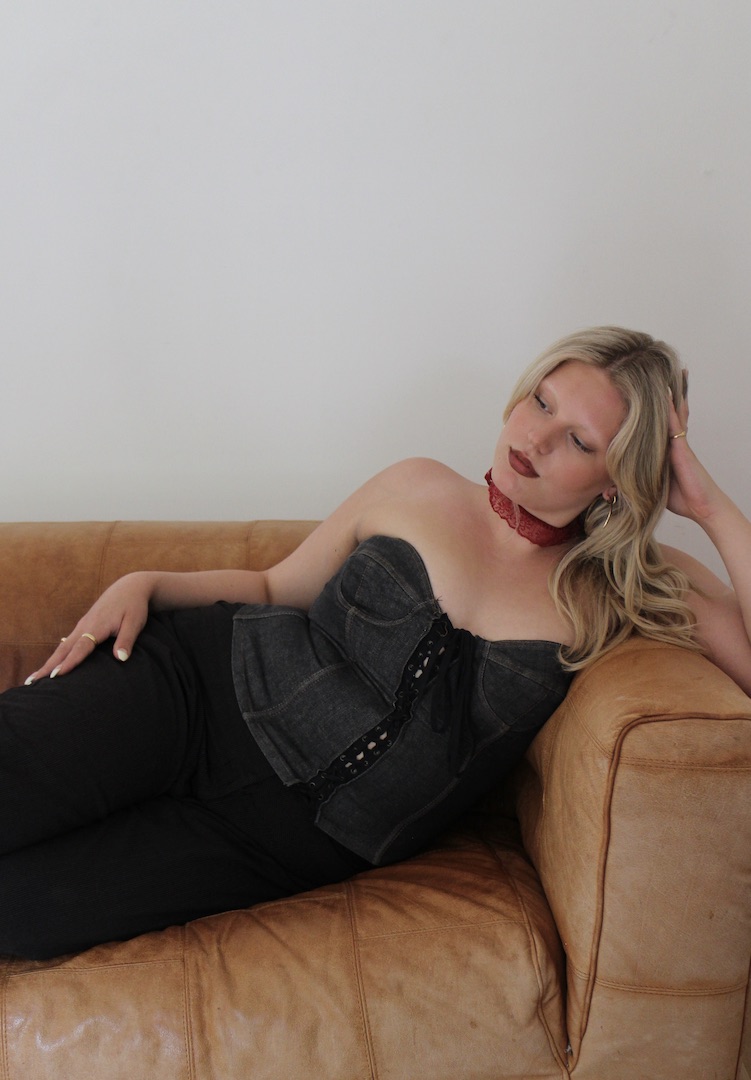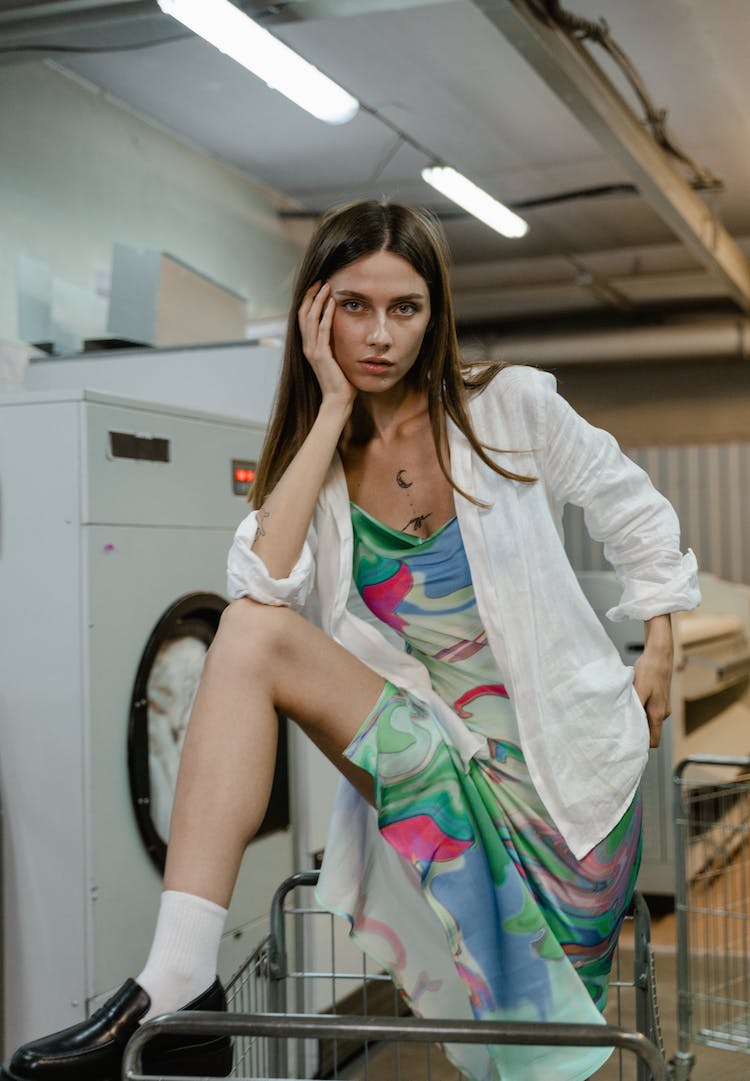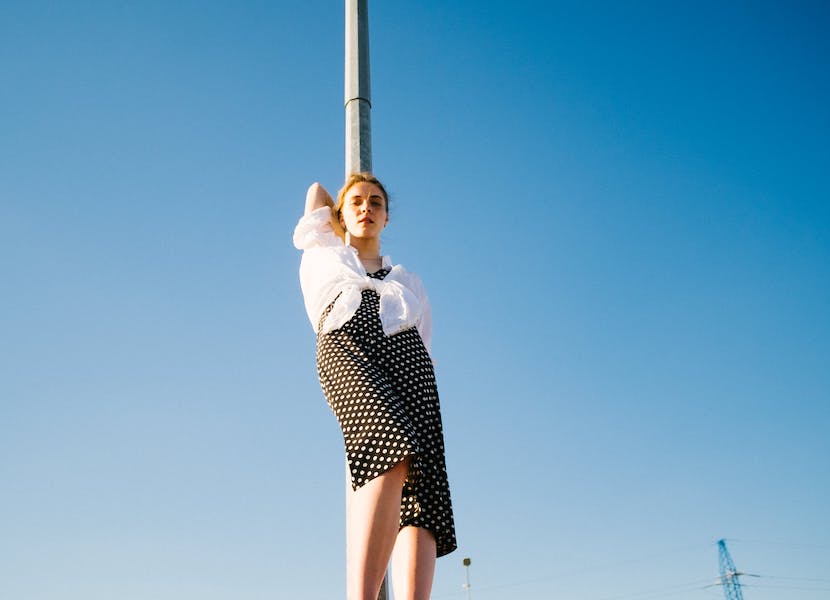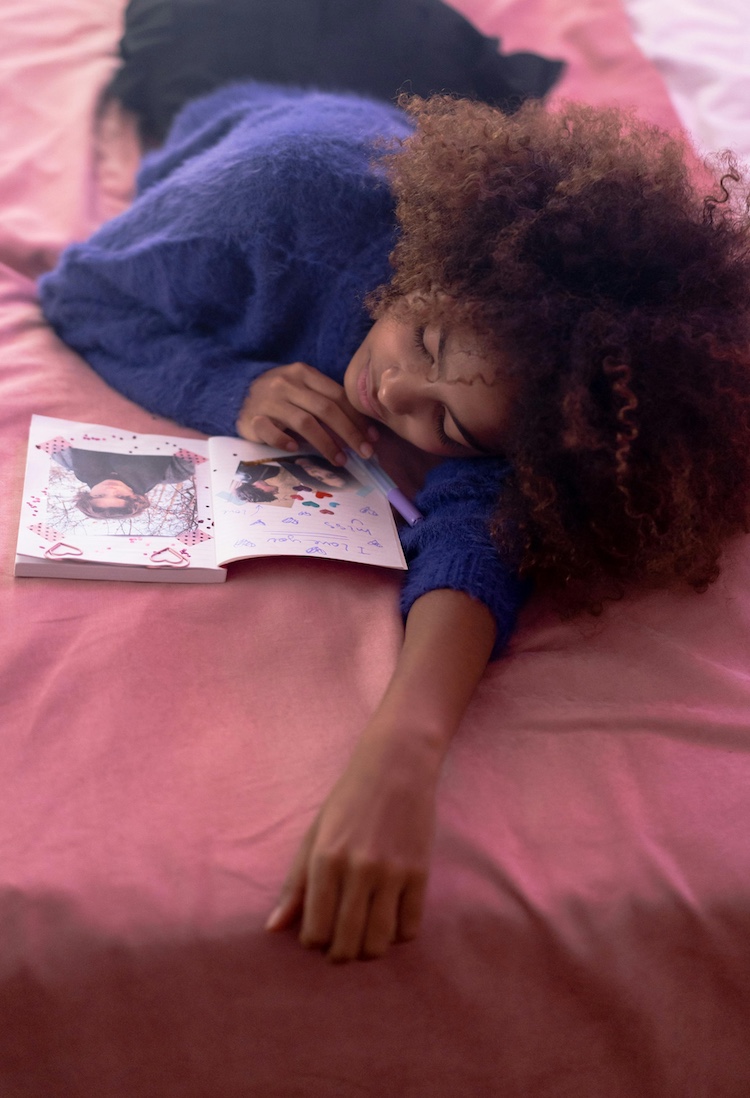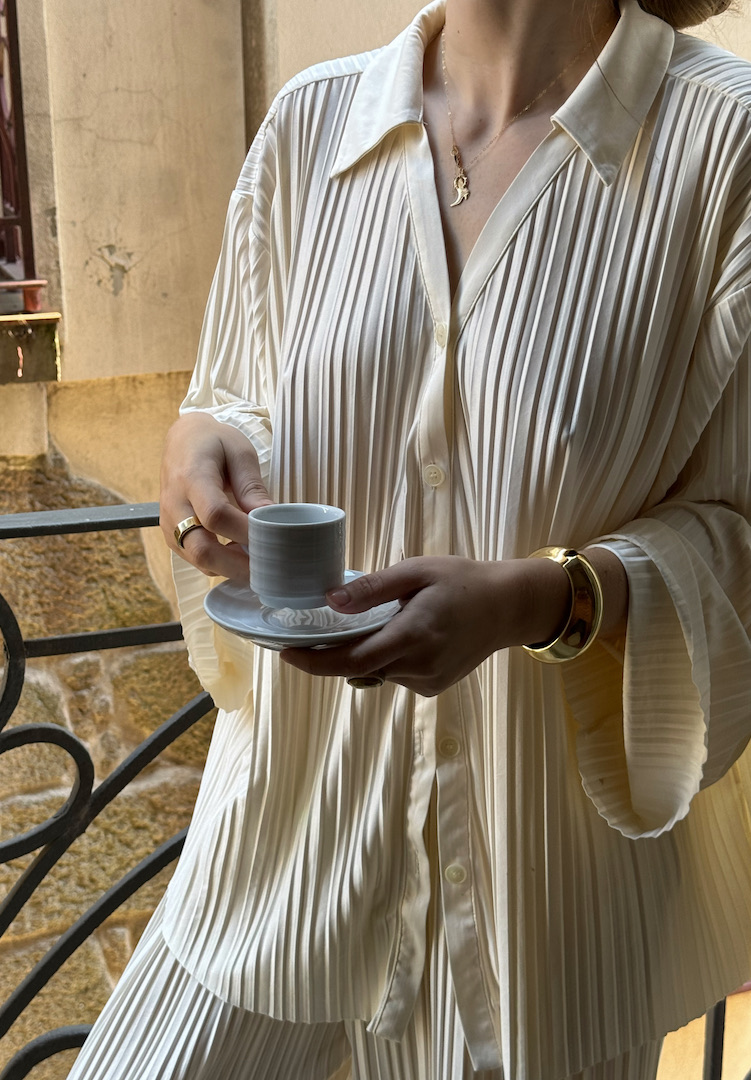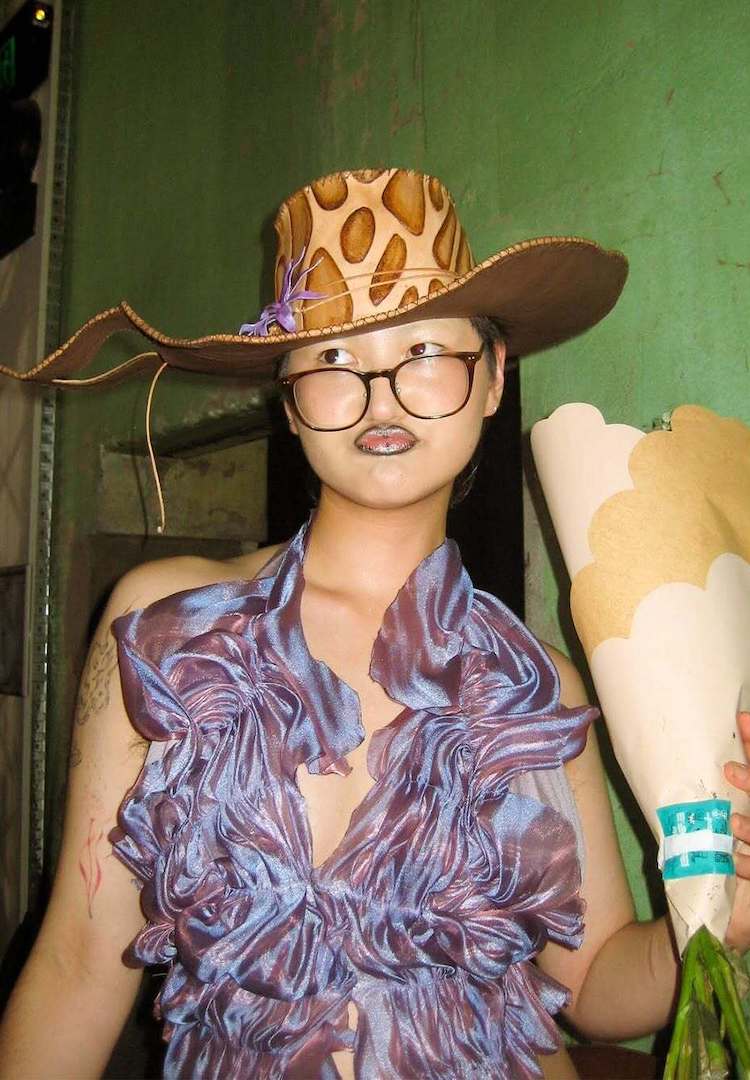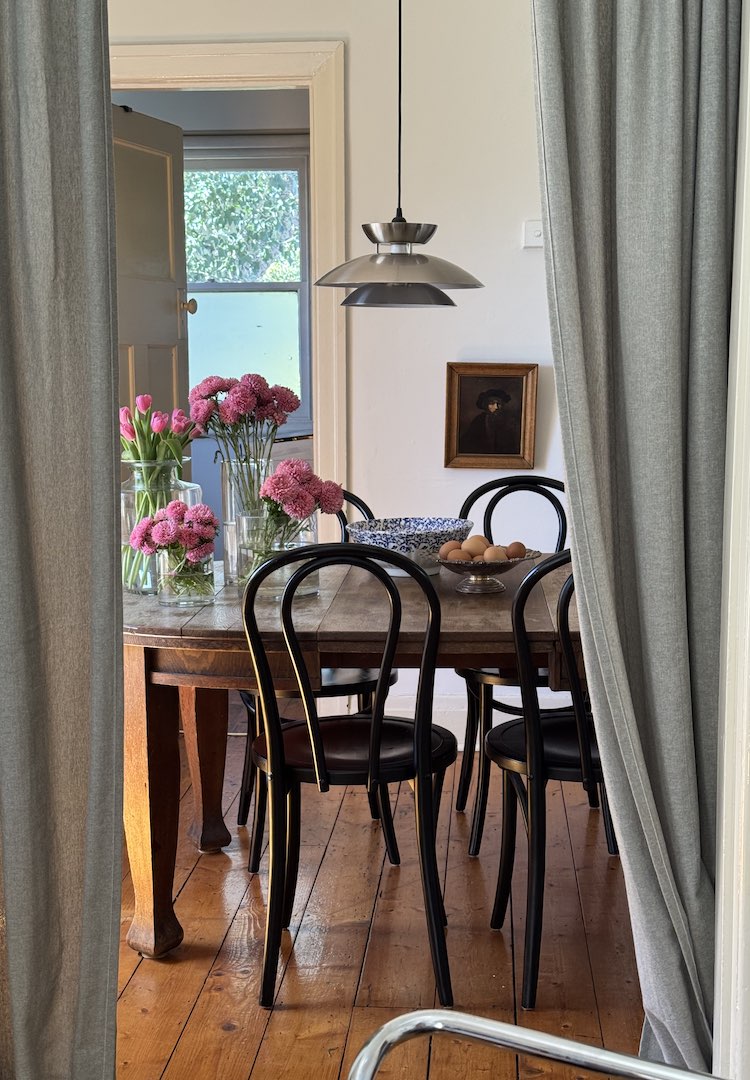Peter Pan collars, ukuleles and owl necklaces: Why does the ‘tweenaissance’ irk me?
WORDS BY IZZY WIGHT
“Twee is the antithesis of nonchalant cool – it’s sweet, dorky and whimsical.”
While hanging out with my younger sister and her friend recently, I was violently catapulted back into 2012. They were looking at the page of a new jewellery label, discussing whether or not to add friendship necklaces to cart.
The Etsy (yes, Etsy) store specialised in “cottagecore trinkets” like necklaces adorned with woodland creatures, earrings shaped like cats and rings with ‘bookish’ and ‘coffee person’ emblazoned on them in typewriter-serif font. I could spot it from across the room. This wasn’t cottagecore – this was pure twee.
For more style inspiration, head to our Fashion section.
My visceral reaction was twofold. Initially, it was the recoil that came with seeing an owl necklace for the first time in 10 years. Then it was the realisation that in my 26 years, a cultural movement (yes, I would go that far) I lived through is ‘back’, and the younger generation buying into it have probably never even listened to ‘A Very She & Him Christmas’. For the first time, I understood why the idea of a Y2K resurgence truly terrified my mum.
Some important context: during the 2010s, I worshipped at the altar of twee. I was in my early teens, awkward, geeky and an Alice in Wonderland fanatic. It felt like a trend that was made for me, and I found solace in the throngs of other girls on the internet sporting autumnal-coloured sweaters and ballet flats, listening to the Juno soundtrack on repeat.
Fashion Journal’s Editor, Cait Emma Burke, had a similar experience. “I’m 30, so I lived and breathed twee in my formative teenage years,” she says. “Cheap, flimsy owl necklaces from Diva, vintage polka dot dresses (I vividly remember a hot pink one I had that also had an oversized collar), whiney indie bands fronted by a male-female duo who were either particularly close siblings or in a relationship – I ate it all right up.”
With unofficial poster girls in Zooey Deschanel, Alexa Chung and any female in a Wes Anderson movie, twee was, and apparently still is, an amalgamation of all things whimsical and sugary sweet. The twee movement spans film, music and fashion, hitting its peak (its tweak? Sounds incorrect) in the early-to-mid 2010s. When you strip back its layers – a cardigan, beret and fit-and-flare dress – twee is about embracing the cringe.
In his book Twee: The Gentle Revolution, writer Mark Spitz posits that embracing twee-ness in all its front fringe, ukelele music-loving glory is freeing. “Twee can be liberating from the pressure to be cool, swaggering, aggressively macho, and old at heart,” he writes. “[It’s] the freedom to be soft in an increasingly hard world… twee, in short, may not be all bad.”
Twee is the antithesis of nonchalant cool – it’s sweet, dorky and whimsical. Twee is eager and unashamed. Does the archetypal twee girl have elements of the polarising ‘manic pixie dream girl’? Definitely (particularly if we’re referring to Zooey’s character in 500 Days of Summer). But as Cait says, “The twee era harks back to a much simpler, more naive time; a time where being overtly cutesy, positive and sweet weren’t considered bad things. And to be honest, that’s quite endearing.”
So why does witnessing a twee renaissance make me feel so strange? While it’s been happening for a few years now (Seventeen magazine published an article in 2022 titled ‘All the Tea on Twee, the Aesthetic That’s Resurfacing on TikTok’), the hyper-femme aesthetic of twee makes the most sense in 2024. Polka dots are back, ballet flats are everywhere and the internet spent the latter half of 2023 celebrating ‘girlhood’.
Put simply, the revival of a trend I obsessed over less than 10 years ago is a reminder that what now feels nostalgic to me is a fresh novelty to a younger generation. “Seeing some of these trends claw their way back at first filled me with a cold dread,” Cait says. “Surely I’m not old enough to see the resurgence of a trend it feels like I just lived through?
“When I dig a little deeper though, I can see that my aversion to twee styles is because they just feel so overtly ‘millennial’ to me, and if there’s one thing you learn from being on social media as a millennial, it’s that we are inherently cringe,” she continues. “The term ‘I’m cringe but I’m free’ comes to mind when I reconsider twee-ness in the cold, hard light of 2024.”
It’d be remiss of me not to mention the original twee was dominated by thin, White, cis women. I’d like to think that in whatever the current iteration of twee is (post-modern twee? Pre-apocalyptic twee? Intersectional twee, perhaps?), we keep pushing for diversity in fashion. The 2010s were dark times for inclusion and acceptance, and I’d prefer we not return there.
But it’s nice to see a fashion movement endure. TikTok’s consistent churn of capitalism-fuelled microtrends like ‘copper cowboy’, ‘strawberry girl’ and ‘mob wife aesthetic’ is exhausting, and there’s something so refreshing about the childlike, almost handmade quality of twee. I’m happy to indulge the nostalgia, even if it’s a little bit cringe.
For more on nostalgia and trend cycles, head here.

